The Day Saida Arrived
- Empathy
- Generosity
- Friendship
Values

Struggles

Why Should My Child Read This Book?
“We knew that in all languages, there are words as warm as breath and others cold as metal. Words that bring together, and words that separate. Words that cause hurt, words that awaken laughter.”
Language is powerful and language matters, but no matter which language you speak, a friendship can always be forged through love and empathy. The young girl in this story teaches Saida, a new Moroccan immigrant to Spain, how to speak her language, and she picks up some Arabic along the way (this book was translated from Spanish). They dream of traveling to Morocco one day together, but in the meantime, they revel in the everyday delights of a new friendship—teaching each other new words, sharing food, building forts for sleepovers, or just lazing in the grass on a spring afternoon. The illustrations are sprinkled with Arabic translations of everyday words.
At the end of the book, she notes in a beautiful sentiment about the potential of our common humanity to transcend language and nation-states: “One day, Saida and I will travel to her land … and I will happily throw overboard unwelcome words like border.” The word is translated as hudud in Arabic. While this is a common translation for border, hudud has a broad range of meanings in the Islamic scholarly tradition, including the idea of the limits set by Allah ﷻ on human actions. Hudud can also refer to the penalties for major crimes as laid out by scholars of Islamic law. Parents should point out the various meanings of hudud to children.

How Can I Use This Book?
- Why did Saida “lose” her words? How did her friend help her find them?
- Do you speak a different language at home? What are some of your favorite words in that language? Are there any words that are difficult to translate into English?
- Have you ever been the “new student” in school or in your neighborhood or in your masjid? Who made you feel welcome? How can you make a new student feel welcome?
- Saida’s friend said she would happily throw overboard words like “border”. What does she mean? Can we really throw words away? Is it better to throw a word away or use it correctly?

What’s This Book About?
Anything I need to be aware of?
VIEW FLAGS




